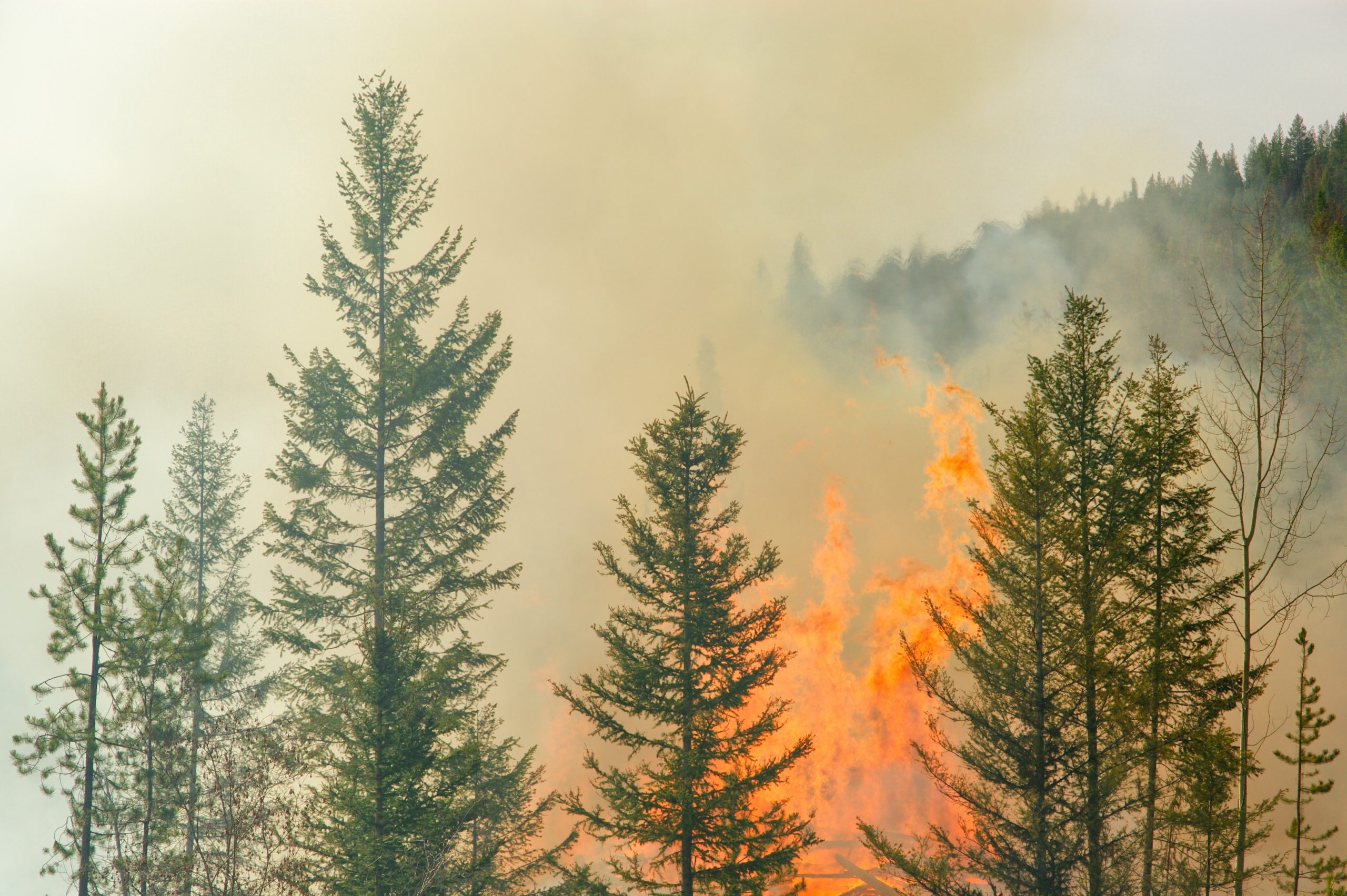The National Council on Disability on May 4 released the report, The Impacts of Extreme Weather Events on People with Disabilities, which includes an overview of past emergencies and recommendations to support mitigation efforts aimed at lessening the effects of catastrophic natural disasters on the more than 7.2 million special education students ages 3-21 who are served by public schools in the U. S.
The report examines the disproportionate impact that extreme weather events and environmental hazards — like drought, flooding, severe storms, wildfires, winter weather and hurricanes — have had on people with disabilities in the past two decades. It considers applicable federal laws and, in addition to the education sector, highlights changes needed in health care, housing, employment and emergency management.
“Extreme weather events are increasing in frequency and severity globally and this increase has resulted in significant economic and social costs, with profound effects on people with disabilities,” the report states, adding that its findings “show an urgent need to collect aggregated data, to focus on equity and inclusion, to improve training, and to enforce legislation.”
Education
In 2022, the U.S. encountered 18 extreme weather events with losses topping $1 billion, according to the report. More than 340 major disasters have been declared by the president since 2017 with many having devastating effects on K-12 schools, including some in communities that are socially vulnerable where disaster recovery is challenging.
More than 2,200 schools were impacted during the 2018–19 academic year by California’s devastating Camp Fire.
“As these events have shown, extreme weather events affect communities, school districts, and institutions of higher education,” the report states. “Students with disabilities face extra risks and challenges to their academic, physical and mental well-being when extreme weather events disrupt education.”
The fact that nearly one in every 10 schools in the U.S. is located in a floodplain, leaving 4 million students at risk of being flooded out of schools, is an added layer of concern.
“Students with disabilities face challenges during response and evacuation and disasters have long-term impacts on students’ physical and mental health, and on academic outcomes,” according to the report. “More research, data and preparedness planning on how to protect students with disabilities during disasters is needed.”
Key findings detailed in the report include:
- Students with disabilities are often not represented in local educational agencies’ emergency management plans and policies — sometimes resulting in longer delays in returning to necessary educational supports and services following an event.
- Those in rural, tribal and low-income areas are particularly vulnerable to educational disruptions due to a shortage of special education professionals, a situation that is only exacerbated by extreme weather events.
- States and territories are having difficulty acquiring the specialized services and personnel needed to comply with Individuals with Disabilities Education Act (IDEA) requirements.
Recommendations include:
- Congress enacting legislation to combat the shortages of special education and rural teachers and appropriately funding programs to assist in recruiting special education teachers.
- Requiring the U.S. Department of Education to conduct a study on the impact of extreme weather events on students with and without disabilities.
- Having the Education Department commission a study examining the impacts of extreme weather events and adaptation strategies on children with disabilities and their families with findings to aid in disaster planning.
- Congress strengthening the safety net for socially vulnerable groups.
- Funding the Education Department to “develop information technology standards for secure, interoperable electronic education records. These records must include the supports and services a student receives under IDEA and Section 504, and the standards must interoperate with electronic health record systems to allow school districts, students, and parents to access their IEPs, 504 plans, and supporting medical documentation.” Once these standards are established, “ED should strongly encourage and provide technical assistance for local school districts to avail themselves of the technology to mitigate delays in special education services because of relocation or loss of records due to extreme weather events.”
- Amending the IDEA funding formula to mitigate the high rate of poverty in rural and low-income communities.
- Having the Education Department collect standardized tracking and reporting of educational services and supports that can’t be provided to students with disabilities during and after a disaster.
- Requiring the Education Department to track and report on post-disaster compensatory services provided to students in any LEA in the area of a presidentially declared major disaster to better prepare and create best practices for recovery following extreme weather events.





